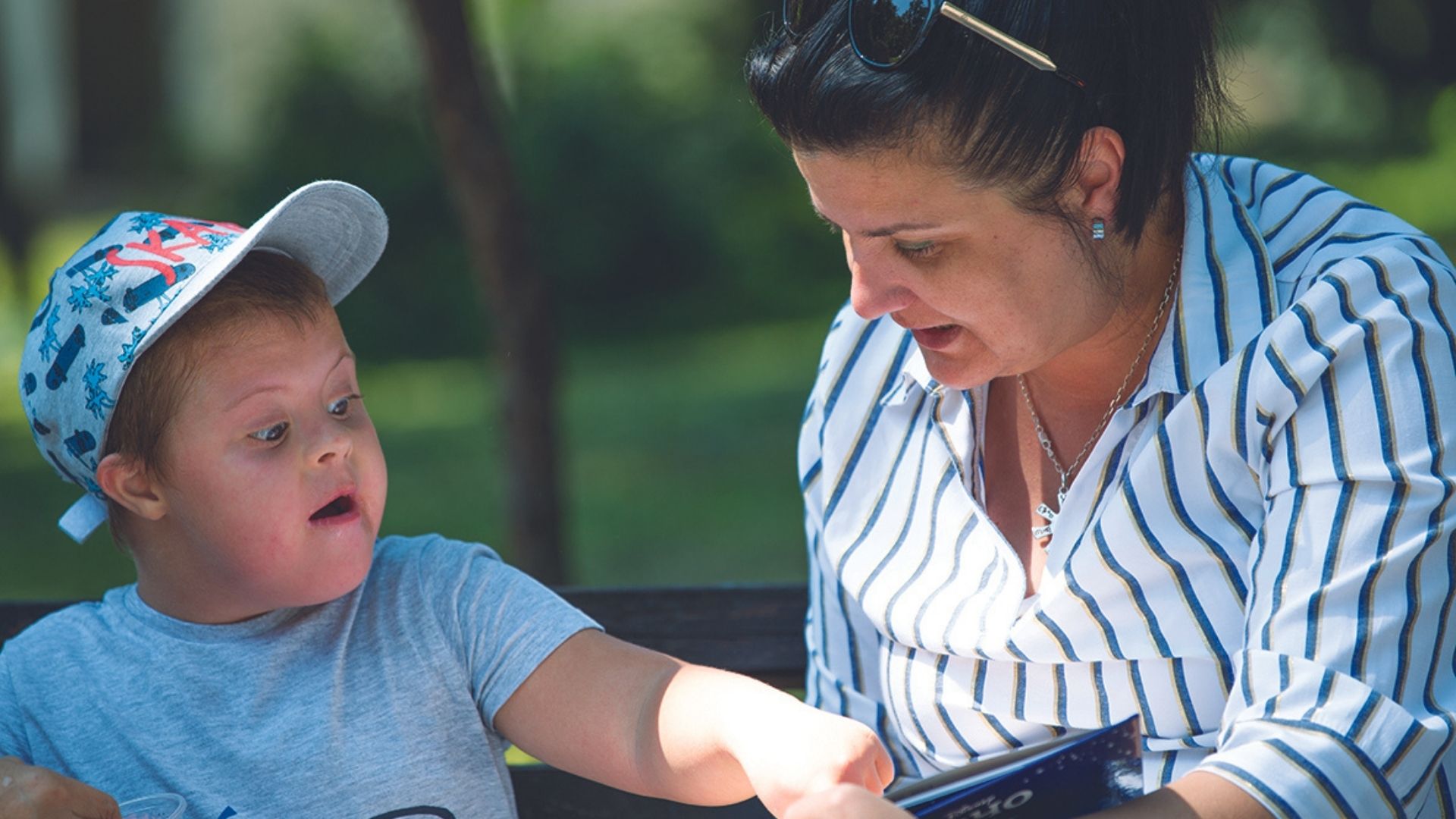Child protection policy statement
Hope and Homes for Children aims to safeguard children from abuse and exploitation in all that we do, in line with Article 19 of the United Nations Convention on the Rights of the Child.
Introduction
The majority of children with whom Hope and Homes for Children works will have experienced some form of abuse. Our aim is to protect them from further abuse by placing them within the care and love of a family so that they can enjoy their childhood without fear, go to school, be part of the community and have the chance to fulfil their potential in life.
Sadly there are people who target children’s charities such as Hope and Homes for Children in order to gain access to vulnerable children and others, who may be less calculating, simply to abuse the position of trust in which they find themselves.
Hope and Homes for Children recognises these risks and must do everything in its power to protect children from abuse of any form.
It is fundamentally important that abuse is not perpetrated or compounded by the adults Hope and Homes for Children puts in contact with children and in whom the children place their trust.
It is crucial, therefore, that everyone connected with Hope and Homes for Children understands the problem of child abuse and their own roles and responsibilities in protecting children and preventing abuse. The following guiding principle defines this responsibility.
Guiding principle
The guiding principle is that Hope and Homes for Children believes that it is always unacceptable for a child to experience abuse of any kind. Hope and Homes for Children recognises its responsibility to safeguard the welfare of all young people with whom it works by protecting them from abuse.
Our Child Protection Policy aims to ensure that none of Hope and Homes for Children’s staff, volunteers and partners engages in behaviour that could allow abuse to occur or actions that could be interpreted by children, their families or other adults as constituting or leading to abuse.
